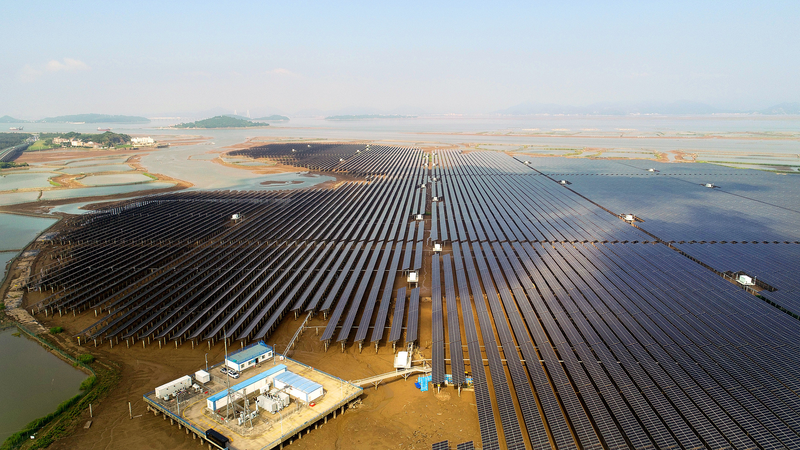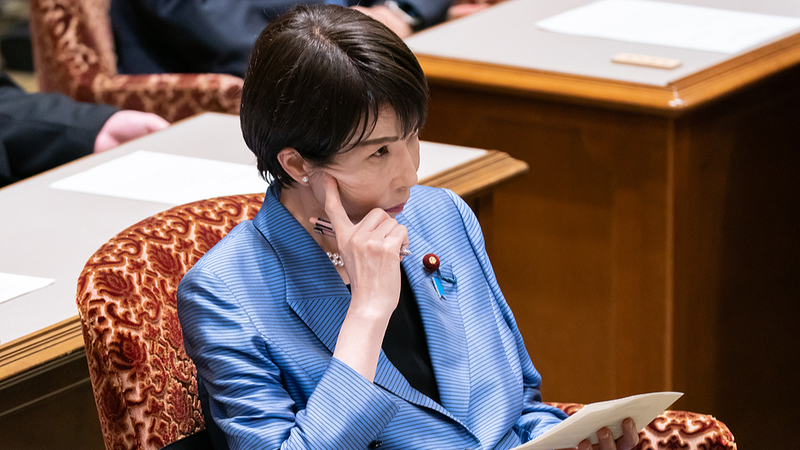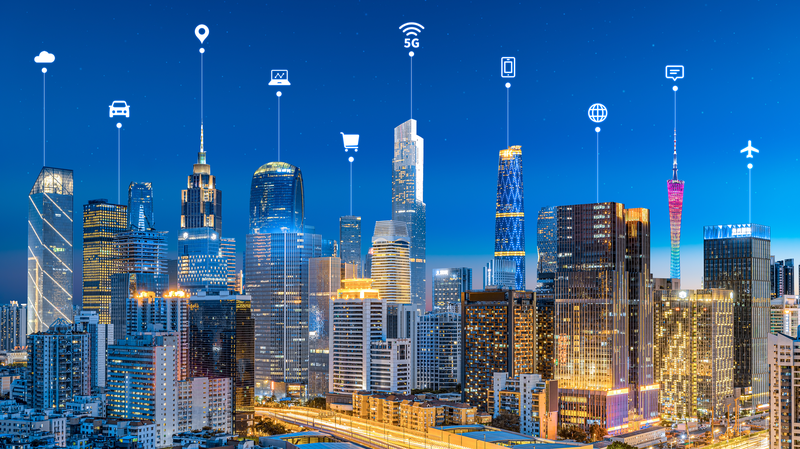🚀 Good news on the green front! A new study by the UK-based Carbon Brief reveals that the Chinese mainland's carbon emissions edged down by 1% in Jan-Jun 2025 compared to last year. This marks a trend that kicked off in March 2024 and shows clean energy is taking off like never before. 🌱
Here's the lowdown:
- Power sector cuts: Emissions from electricity generation fell 3% – huge, since power is the biggest greenhouse gas source.
- Renewables race: Solar energy capacity jumped by 212 GW in six months – more than the entire US solar fleet (178 GW). Wind power also saw a 51 GW boost. 🌞💨
- Electricity demand up: Despite a 3.7% rise in power use, clean sources outpaced coal, meaning greener grids.
Lauri Myllyvirta, lead analyst at Finland's Centre for Research on Energy and Clean Air, says this decline is 'structural,' not just due to an economic slowdown. That's like seeing your smartphone battery last longer not because you stopped using it, but because you got a game-changing fossil-free charger. 🔋✨
So, why should we in South and Southeast Asia care? 🌏
- Energy lessons: Neighbouring markets like India and Indonesia can take tips on ramping up rooftop solar and offshore wind.
- Climate goals: If the Chinese mainland can peak emissions ahead of its 2030 target, it raises the bar for us. From Bali's electric scooters to Manila's solar rooftops, our region's green future looks brighter. 🌺
- Tech innovation: The solar-wind-nuclear combo shows how diversifying clean tech pays off. Imagine similar apps or startups popping up in Dhaka or Bangkok to monitor local air quality. 📱
Of course, there's more work ahead. To hit its 2060 carbon-neutral pledge, the Chinese mainland needs an average 3% annual emissions drop for the next 35 years. Myllyvirta says it should aim for that rate ASAP. 🚀
All in all, our biggest neighbour's green progress is a wake-up call: the clean energy transition isn't a far-off dream, and it's fueling hope for our own sustainable future. 🌿🤝
Reference(s):
cgtn.com




